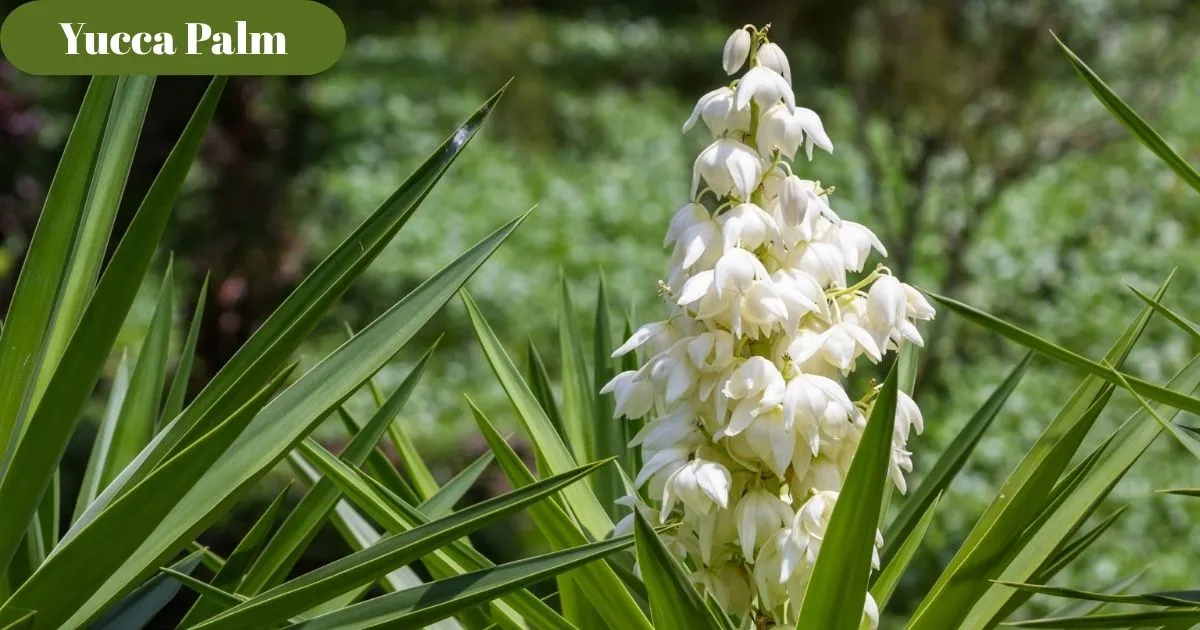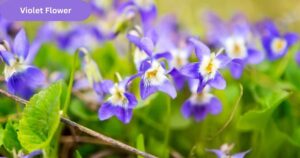The Yucca Palm, often mistaken for a palm tree, is a striking plant known for its sword-like leaves and rugged appearance. Despite the name, it doesn’t belong to the palm family. Instead, it’s part of the Asparagaceae family and thrives in desert-like conditions. Its architectural shape makes it a popular choice for modern indoor and outdoor spaces.
Due to its resilience and easy maintenance, the Yucca Palm has become a favorite among plant enthusiasts. It can enhance any home or garden with its bold presence. Whether potted indoors or planted in the yard, its low upkeep requirements make it ideal for beginners. The plant also symbolizes protection and endurance, making it spiritually significant to some.
Botanical Classification and Origin
Scientifically named Yucca elephantipes, this species belongs to the Asparagaceae family. It is commonly referred to as the Spineless Yucca or Giant Yucca, due to its smooth-edged leaves and massive trunk. Unlike traditional yuccas with sharp, spiky leaves, the Yucca Palm is more pet- and child-friendly. It stands tall and dramatic, often growing into a small tree.
Native to Mexico and Central America, this plant has adapted to dry, arid environments. It has since spread to various parts of the world due to its drought resistance. The Yucca Palm is widely cultivated as an ornamental plant in tropical and subtropical regions. It also plays a role in indigenous cultures, where it’s used for its fibers and roots.
Physical Features and Growth Habit
The Yucca Palm features a thick, woody trunk with a crown of long, pointed leaves. These evergreen leaves can grow up to 3 feet long, forming a spiky yet graceful silhouette. Mature plants can reach heights of up to 30 feet outdoors. Indoors, they are usually trimmed to manageable sizes for aesthetic and practical reasons.
This plant is slow-growing but long-lasting, often living for several decades. It may take years to flower, but when it does, it produces creamy white, bell-shaped blossoms. The blooms appear in clusters atop tall spikes, attracting pollinators like bees and moths. Its sturdy trunk and sword-like leaves give it a dramatic, tree-like appearance.
Ideal Growing Conditions for Yucca Palm
Yucca Palms thrive best in bright, indirect sunlight, though they can tolerate partial shade. Outdoors, they prefer full sun and well-drained soil. They’re incredibly drought-tolerant and adapt well to dry, rocky, or sandy soils. Avoid overwatering, as excess moisture can lead to root rot.
They enjoy warm climates, with ideal temperatures between 60–80°F (15–27°C). While they can survive occasional cold snaps, frost may damage the foliage. If grown indoors, placing them near a sunny window works best. Good airflow and a dry environment contribute to their long-term health.
How to Plant and Care for a Yucca Palm
To plant a Yucca Palm, choose a large, sturdy pot with drainage holes and fill it with sandy or cactus mix soil. Place the plant in a location that gets plenty of light and rotate it regularly for even growth. Water sparingly—once every two weeks is often sufficient during the growing season. In winter, reduce watering to once a month.
Fertilize once a month with a diluted liquid fertilizer during spring and summer. Prune yellow or dead leaves at the base to maintain its appearance and remove offsets (baby plants) to propagate new ones. Repot every 2–3 years or when the plant becomes root-bound. Regular care helps your Yucca Palm stay healthy and visually appealing.
Common Problems and How to Fix Them
Although low maintenance, the Yucca Palm is susceptible to overwatering, which leads to root rot. If you notice yellowing leaves or a mushy trunk, inspect the roots immediately. Cut away the rotten parts and repot the plant in dry, well-draining soil. Make sure not to let the pot sit in standing water.
Pests like spider mites, aphids, and scale insects can occasionally attack. These can be removed using neem oil or insecticidal soap. Poor lighting may cause leggy growth or pale leaves—move the plant to a brighter location. Regularly wiping the leaves also prevents dust buildup and improves photosynthesis.
Benefits of Having a Yucca Palm at Home
One of the major advantages of the Yucca Palm is its air-purifying ability. It helps remove indoor toxins like benzene and formaldehyde, promoting cleaner air. Its elegant look adds a natural, sculptural touch to any space. It’s perfect for minimalistic or modern interiors.
Additionally, it’s an incredibly low-maintenance plant, needing little water and thriving on neglect. It makes a perfect houseplant for busy homeowners or beginners. Its architectural structure can also be used as a focal point in outdoor gardens. Plus, it rarely sheds, keeping your indoor space neat and tidy.
Yucca Palm vs. Other Indoor Plants
Compared to other indoor plants like Dracaena or Ponytail Palm, the Yucca Palm stands out for its hardiness. While Dracaenas require more humidity, Yuccas thrive in dry conditions. Their thick trunk stores water, allowing them to survive long periods without care. This makes them more suitable for people with less time for daily plant care.
The Ponytail Palm, though similar in appearance, is actually a succulent with a bulbous base. It stays shorter and has thinner, more cascading leaves. In contrast, the Yucca Palm grows upright and can be shaped like a tree. Both are attractive, but the Yucca offers a bolder, more dramatic presence in the home or garden.
Read More: Yucca Library
Conclusion
The Yucca Palm is a striking, low-maintenance plant that brings both beauty and resilience to any indoor or outdoor space. Its architectural shape, drought tolerance, and air-purifying qualities make it an ideal choice for busy plant lovers and beginners alike. With minimal care, it can thrive for years, adding a bold touch to modern interiors or dry landscapes.
Whether you’re drawn to its aesthetic appeal or its hardy nature, the Yucca Palm is a valuable addition to any plant collection. Embrace its simplicity and strength, and you’ll enjoy a stylish, enduring green companion in your home or garden.
FAQ’s
Is Yucca Palm a real palm tree?
No, it’s not a true palm but a member of the Asparagaceae family.
How often should I water a Yucca Palm?
Water every 10–14 days, allowing the soil to dry out between waterings.
Can Yucca Palm survive indoors?
Yes, it thrives indoors with bright, indirect light and minimal care.
Is Yucca Palm toxic to pets?
Yes, it can be toxic to cats and dogs if ingested.
How tall can a Yucca Palm grow?
Outdoors it can reach up to 30 feet, but indoors it stays much smaller.









